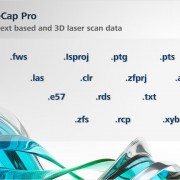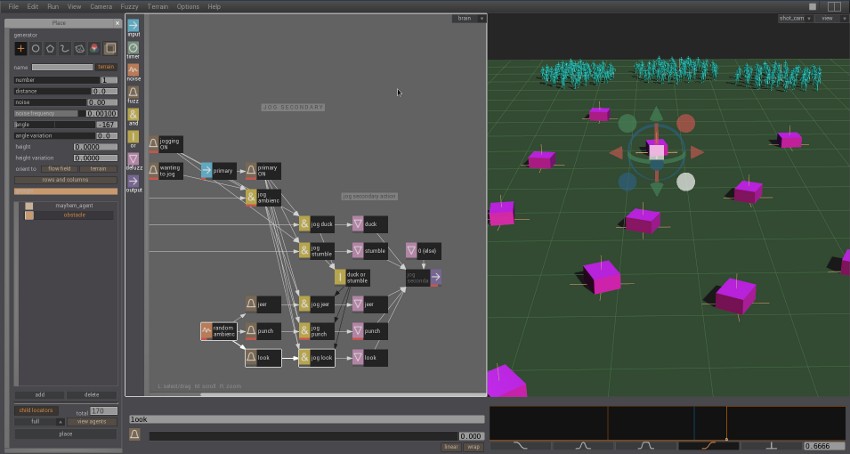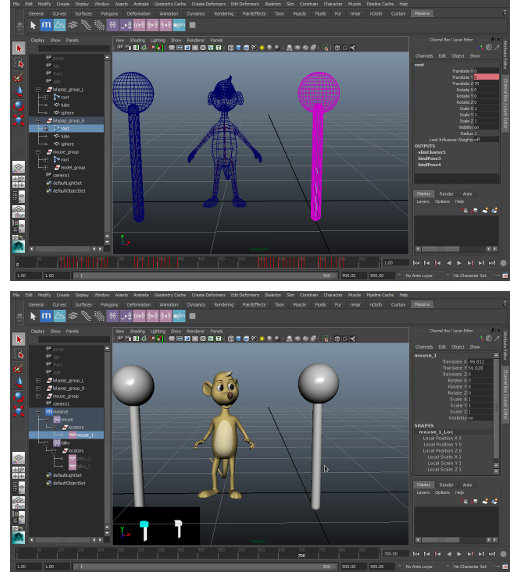Autodesk Announces ReCap Connect Partnership Program
With its new ReCap Connect Partnership Program, Autodesk will open up Autodesk ReCap – its reality capture platform – to third party developers and partners, allowing them to extend ReCap’s functionality.
“Autodesk has a long history of opening our platforms to support innovation and extension,” said Robert Shear, senior director, Reality Solutions, Autodesk. “With the ReCap Connect Partnership Program, we’ll be allowing a talented pool of partners to expand what our reality capture software can do. As a result, customers will have even more ways to start their designs with accurate dimensions and full photo-quality context rather than a blank screen.”
There are many ways for partners to connect to the ReCap pipeline, which encompasses both laser-based and photo-based workflows. Partners can write their own import plug-in to bring structured point cloud data into ReCap and ReCap Pro using the Capture Codec Kit that is available as part of the new ReCap desktop version. DotProduct – a maker of handheld, self-contained 3D scanners – is the first partner to take advantage of this capability.
“Autodesk’s ReCap Connect program will enable a 50x data transfer performance boost for DotProduct customers — real time 3D workflows on tablets just got a whole lot faster. Our lean color point clouds will feed reality capture pipelines without eating precious schedule and bandwidth.” Tom Greaves, Vice President, Sales and Marketing, DotProduct LLC.
Alternately, partners can take advantage of the new Embedded ReCap OEM program to send Reality Capture Scan (RCS) data exports from their point cloud processing software directly to Autodesk design products, which all support this new point cloud engine, or to ReCap and ReCap Pro. The first signed partners in the Embedded ReCap OEM program are: Faro, for their Faro Scenesoftware; Z+F for their LaserControl software; CSA for their PanoMap software, LFM for their LFM software products; and Kubit for their VirtuSurv software. All these partners’ software will feature this RCS export in their coming releases.
“Partnering with Autodesk and participating in the ReCap Connect program helps FARO to ensure a fluent workflow for customers who work with Autodesk products. Making 3D documentation and the use of the captured reality as easy as possible is one of FARO’s foremost goals when developing our products. Therefore, integrating with Autodesk products suits very well to our overall product strategy.” – Oliver Bürkler, Senior Product Manager, 3D Documentation Software & Innovation, FARO
As a third option, partners can build their own application on top of the Autodesk photo-to-3D cloud service by using the ReCap Photo Web API. More than 10 companies – serving markets ranging from medical and civil engineering, to video games and Unmanned Aerial Vehicles (UAVs) – have started developing specific applications that leverage this capability, or have started integrating this capability right into their existing apps. Some of the first partners to use the ReCap Photo Web API include Soundfit, SkyCatch and Twnkls.
“Autodesk’s cloud based ReCap is an important part of the SoundFit’s 3D SugarCube Scanning Service. Autodesk’s ReCap service has enabled SoundFit to keep the per scan cost of its service very low, opening new markets, such as scans for hearing aids, custom fit communications headsets, musicians monitors and industrial hearing protection. ReCap allows SoundFit to export 3D models in a wide variety of popular 3D formats, so SoundFit customers and manufacturers can import them into Autodesk CAD packages from AutoCAD to 123D Design, or send them directly to any 3D printer or 3D printing service bureau.” – Ben Simon-Thomas, CEO & Co-Founder
For more information about the ReCap Connect Partnership Program, contact Dominique Pouliquen at Email Contact.
Additional Partner Supporting Quotes
“ReCap Connect gives our PointSense and PhoToPlan users smart and fully integrated access to powerful ReCap utilities directly within their familiar AutoCAD design environments. The result is a more simple and efficient overall workflow. ReCap Photo 360 image calibration eliminates the slowest part of a kubit user’s design process resulting in significant time savings per project.” – Matthias Koksch, CEO, kubit
“ReCap, integrated with CSA’s PanoMap Server, provides a powerful functionality to transfer laser scan point cloud data from large-scale 3D laser scan databases to Autodesk products. Using the interface, the user can select any plant area by a variety of selection criteria and transfer the laser scan points to the design environment in which they are working. The laser scan 3D database of the plant can have thousands of laser scans.” – Amadeus Burger, President, CSA Laser Scanning
“Autodesk’s industry leading Recap photogrammetry technology will be instrumental in introducing BuildIT’s 3D Metrology solution to a broader audience by significantly reducing data capture complexity and cost.” – Vito Marone, Director Sales & Marketing, BuildIT Software & Solutions
“I am very pleased with the ReCap Photo API performance and its usefulness in fulfilling our 3D personalization needs. I believe the ReCap Photo API is the only product that is available in the market today that meets our needs.” – Dr. Masuma, PhD., Founder of iCrea8
Angela Costa Simoes
Senior PR Manager
DIRECT +1 415 547 2388
MOBILE +1 415 302 2934
Autodesk, Inc.
The Landmark @ One Market, 5th Floor
San Francisco, CA 94105






 Directable characters
Directable characters